Why It’s Important to Learn How to Send and Receive Bitcoin
As the number of cryptocurrency users—especially Bitcoin—grows, so does the need to know how to use it safely and correctly. For beginners, the idea of sending or receiving Bitcoin may sound technical. In reality, however, it’s simple and straightforward once you understand the proper process.
Bitcoin isn’t just for tech-savvy entrepreneurs. Freelancers, online sellers, and anyone who wants to have control over their own money are already using it. With a digital wallet, anyone who can operate a smartphone can transact with Bitcoin.
What matters is understanding each step. From creating your wallet to the correct way to send and receive, this process is part of a broader digital lifestyle.
Creating a Bitcoin Wallet as the First Step
A Bitcoin wallet is like a bank account, but in digital form. It’s where you store your Bitcoin and where you send from or receive to. There are different types of wallets—mobile apps, desktop software, hardware wallets, and web wallets. For most users, a mobile wallet is the most practical.
After choosing a wallet, such as Trust Wallet or Exodus, you’ll be asked for a backup phrase or recovery seed. This is the most important piece of your wallet’s security. If you lose your device, this phrase is the only way to recover your wallet’s contents.
Once setup is complete, you’ll have your own wallet address made up of letters and numbers. Others will use this address to send Bitcoin to you.
Verifying the Correct Address Before Sending
Before sending Bitcoin, you must be absolutely sure of the recipient’s wallet address. Even one wrong character can send your Bitcoin to the wrong person—and it cannot be reversed. Double-checking is crucial.
You can copy the address or use the recipient’s QR code. If the address comes from a known individual or company, it’s wise to confirm it via a secure channel like a direct message or the official website.
Many wallet apps let you save trusted addresses, helping you avoid mistakes and unwanted hackers in future transactions.
Sending Bitcoin with a Mobile Wallet
Once you’ve confirmed the correct address, open your wallet app and select the “Send” option. Enter the recipient’s wallet address and the amount of Bitcoin you wish to send. You’ll also see the network fee—the miners’ fee to process your transaction.
Some wallets let you choose how quickly you want your transaction confirmed. Faster confirmations cost higher fees. If you’re not in a rush, you can opt for a lower fee.
After reviewing and confirming the amount and address, tap “Send.” Within seconds, you’ll see the transaction status in your wallet app.
Receiving Bitcoin from Another User
To receive Bitcoin, simply provide your wallet address to the sender. Using a QR code is easiest when you’re nearby, but you can also copy and paste the address.
After the sender initiates the transfer, it will appear as “pending” in your wallet. Typically, a few network confirmations (anywhere from a few minutes to an hour, depending on traffic) are required before the funds fully appear in your balance.
Once confirmed, the Bitcoin will be credited to your account. You can hold it, send it elsewhere, or convert it to fiat currency if you need to spend it immediately.
Difference Between Address and QR Code
A wallet address and a QR code represent the same information in two formats. The address is a string of letters and numbers; the QR code is a visual encoding of that same data. Both can be used to send Bitcoin.
For desktop users or those with camera access, QR codes are quicker and safer—no need to type in long addresses prone to errors. If you lack camera access or prefer text, copying and pasting the address works just as well. Either way, the information you share must be accurate for a secure transaction.
Understanding Confirmation Time and Fees
Bitcoin doesn’t arrive instantly after you hit “Send.” It must first be validated on the blockchain. Typically 1 to 6 confirmations are needed for finalization. Higher-value transactions often require more confirmations.
Network fees fluctuate based on blockchain traffic. When many transactions are pending, fees rise. Some wallets let you choose processing speed based on fee, allowing you to balance cost and speed.
You don’t need to keep your app open during confirmation. You’ll receive a notification or can check your wallet to see when the transaction is officially completed.
Security in Sending and Receiving
Bitcoin transactions are irreversible. Exercise high caution. Ensure your device is secure, your app is up to date, and you avoid public Wi-Fi when transacting.
Never share your recovery phrase with anyone. It’s the key to your entire wallet; if someone obtains it, they can access and drain your funds.
For extra protection, many wallets offer two-factor authentication or biometric security. This is especially wise if you hold significant amounts of Bitcoin.
Using a Hardware Wallet for Enhanced Security
If you hold large sums of Bitcoin, using a hardware wallet is recommended. It’s a physical device—like a USB stick—that stores your private keys offline. Hackers can’t access it because it isn’t continuously connected to the internet.
When you send Bitcoin, you plug it in briefly, review the transaction details, and approve. After that, you can disconnect it again.
This level of protection appeals to long-term holders and traders seeking peace of mind. While it’s not free, many find the investment worthwhile for the security it provides.
Knowledge Is Essential Before You Begin
Before diving into Bitcoin transactions, it’s vital to understand every step. Unlike bank transfers, mistakes in Bitcoin cannot be reversed. Knowledge is your shield against potential pitfalls.
Learning from reputable sources and practicing with small amounts first will build confidence and skill. As you gain experience, using Bitcoin will feel as natural as any digital payment method.
Mistakes can be avoided with care and understanding. Ultimately, your knowledge is the true investment in your cryptocurrency journey.
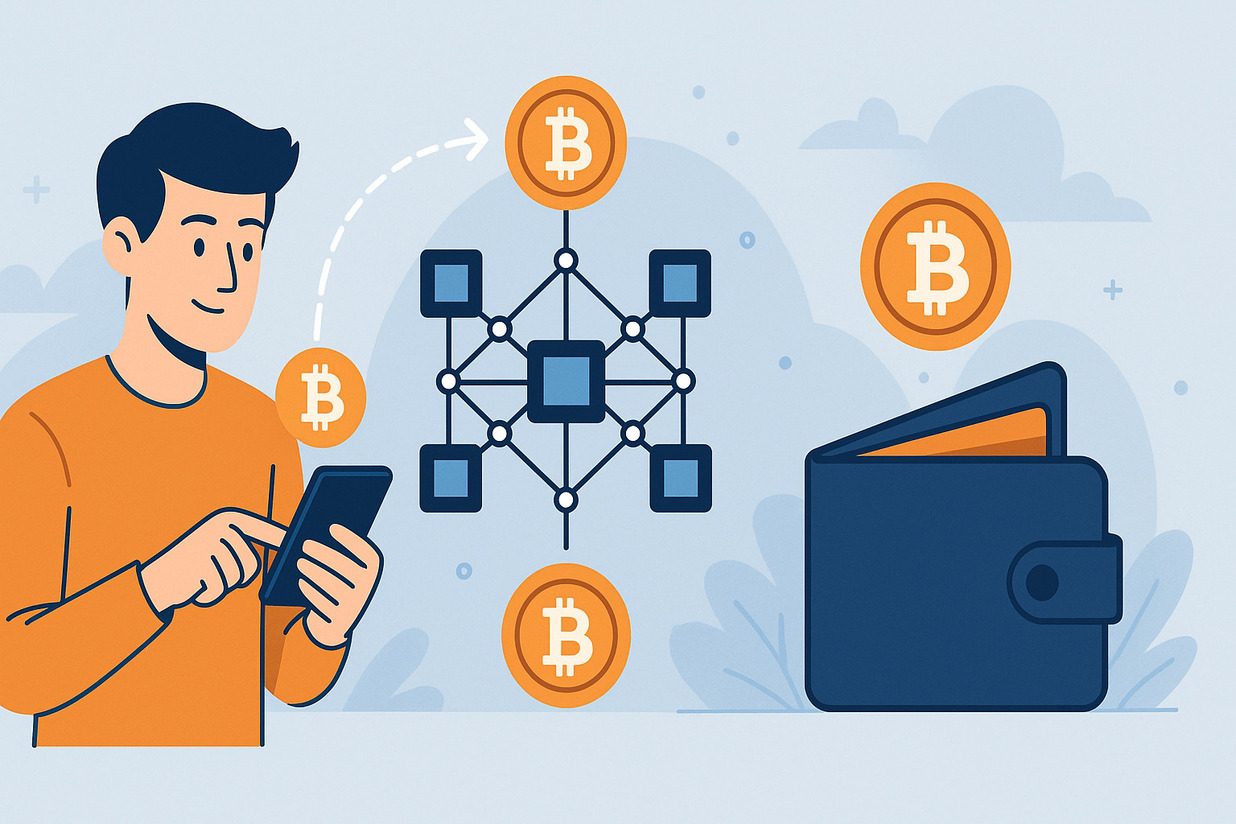
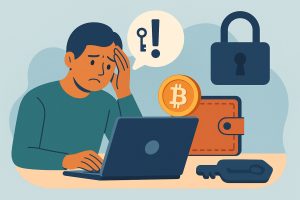
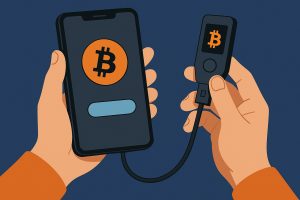
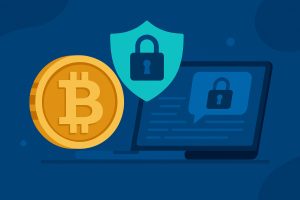
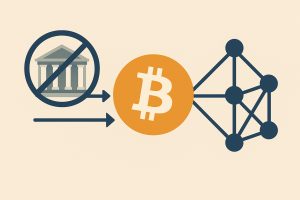
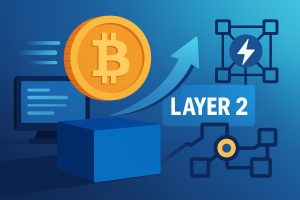
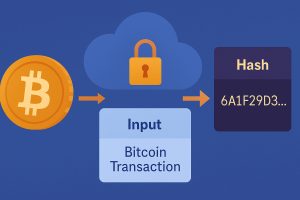



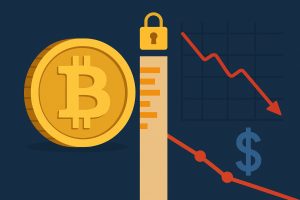
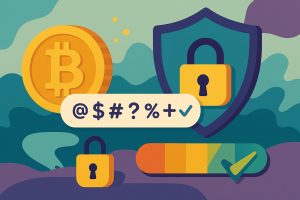

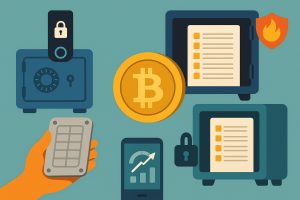


No Responses